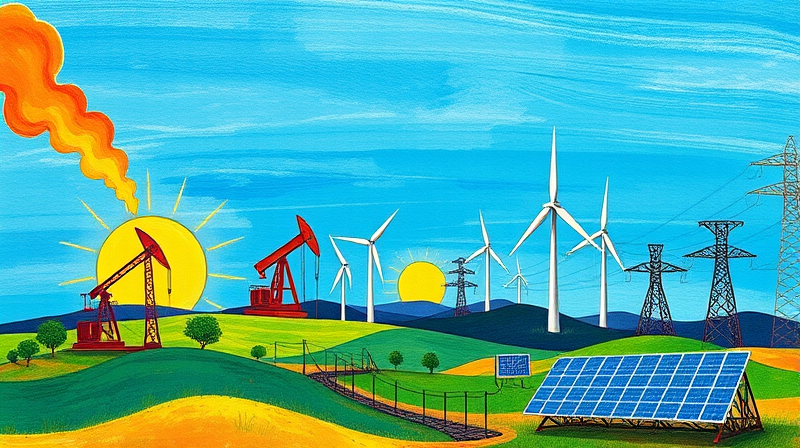
Utility stocks have long been heralded as the ultimate defensive play: companies providing essential power, water, and gas that rarely see demand vanish. Yet, as of early 2025, the sector’s rally has paused and prices have slipped, surprising investors who rely on it for stability and income.
Understanding this dip requires a deep dive into macroeconomic shifts, valuation trends, operational headwinds, and emerging structural dynamics. In this article, we analyze why utilities are underperforming despite their reputation and explore potential pathways forward.
For decades, utility companies have been prized for their cushioned performance during market turmoil. Their core appeal stems from the combination of regulated frameworks and predictable demand for services like electricity, water, and natural gas.
Investors gravitate toward utilities for several reasons:
In 2024, the Morningstar US Utilities Index delivered a remarkable ~27% total return, outpacing broader markets by roughly 10 percentage points in late September. By early 2025, however, that outperformance had leveled off, and investors began questioning whether utilities still belonged in the classic defensive bucket.
Several interrelated factors have converged to pressure utility stocks, defying conventional expectations for this defensive sector.
Coupled with concerns about rising capital costs and supply chain constraints, these catalysts explain the sector-wide pullback despite the enduring need for utility services.
Utilities face mounting expenses as they invest to modernize aging infrastructure and integrate renewable energy sources. A staggering US$174 billion in capital expenditures was projected by the end of 2024, with 42% allocated to transmission and distribution upgrades.
Key financial and operational pressures include:
The interplay of these elements has pressured earnings forecasts, making some investors wary of growth projections that hinge on successful execution of major infrastructure programs.
To illustrate the current landscape, the table below summarizes critical data points for U.S. utilities:
Despite near-term headwinds, utilities remain pivotal to the global energy transition and stand to benefit from secular growth trends:
Green energy integration: As governments accelerate decarbonization, utilities that successfully expand renewable portfolios can capture policy incentives and improve long-term margins.
Growing data center electricity demand offers another avenue for revenue expansion, though it demands robust capacity planning and agility in network operations.
However, navigating these opportunities requires deft management of capital and regulatory risk. Executives must strike a balance between aggressive expansion and prudent financial stewardship to preserve credit ratings and investor confidence.
For yield-seeking and risk-sensitive investors, the recent dip in utility stocks underscores the importance of:
Looking ahead, utilities may deliver more moderate returns than in 2024, but they can still play a key role in diversified portfolios seeking stability and income. Investors should remain vigilant about interest-rate cycles and regulatory developments, while staying attuned to structural growth themes like electrification, smart grid technology, and digital transformation initiatives.
In conclusion, the recent pullback in utility stocks is a reminder that even the most revered defensive sectors are not immune to macroeconomic shifts and operational challenges. By combining rigorous analysis with a long-term perspective on fundamental demand trends and technological evolution, investors can navigate this transition period and position themselves to benefit from the sector’s enduring strengths.
References













